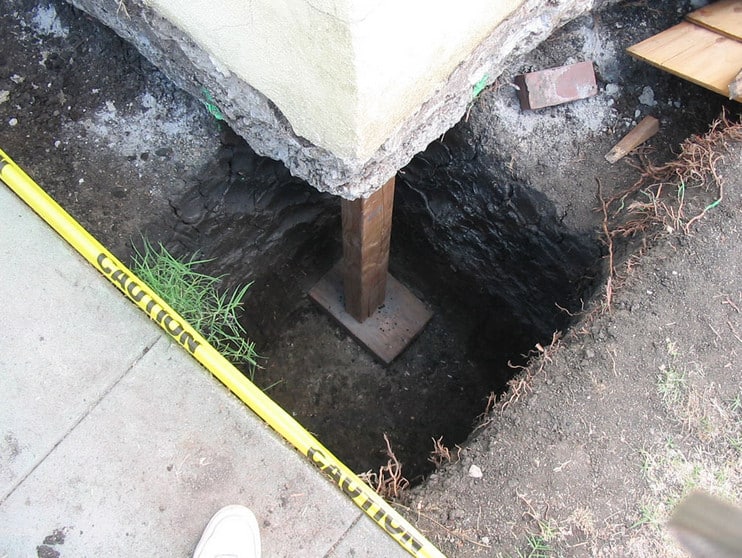How to Make the Foundation of Your Home Strong With Underpinning
There are many reasons that weaken the foundation of a home, and this makes it demand strengthening through underpinning. They include:
- The foundation may have moved or shifted due to natural calamities such as earthquakes
- The foundation may have decayed with time
- A basement is added to the home
- There is soil erosion around or below the foundation, leading to cracks, sinking, or sloping
- You are planning to add another story to your home and it’ll exceed the weight that the foundation can safely support
- There is a change on how the property is used
- Another property is being built near the home and its foundation is deeper
- The soil on which your home was constructed was not well compacted
- The property was constructed using poor quality and weak materials
- The foundation is settling as a result of a water table which has lowered or soil conditions have deteriorated
In Melbourne, Victoria, homes constructed prior to 1940 weren’t bolted onto their structural foundations. In the event of an earthquake, the foundations of such properties can be shaken off easily. Most of the homes constructed after 1940 were built using weak materials and on cripple walls. This is basically the wall surrounding the space beneath the house, crawl space, and connects a home to its foundation.
In case you reside in an old home, then it is crucial to bolt it to the foundation to keep it safe in case an earthquake occurs. The recommendable distance to place the bolts is 4-6ft away from each and every joint. If the home is constructed on a raised ground such as a hill, then ensure to bolt any wood that’s stepping on a grade.
Underpinning is another technique of strengthening and stabilizing the foundation. It involves extending the structure’s foundation in breadth or depth to make it rest on a stronger base. It may also involve distributing the load of a structure across a wider area.
A primary method employed in repairing a foundation is using concrete to underpin the foundation. Some sections around or beneath the property are excavated. Once this is done, the excavated sections are filled with concrete which is mixed with some aggregates. Once poured, the concrete takes around 48 hours to set. Another way of underpinning a home involves using beams, brackets, and screw piles. The soil on which the foundation sits can also be strengthened through the addition of grout.
You can also strengthen the cripple walls using plywood. But how will you know whether the cripple wall requires strengthening? In case the exterior part of the wall is constructed using stucco or wood siding, then it will require strengthening using plywood by nailing it to the wall on all sides of your home.
Strengthening the foundation assists in stabilizing a property, protecting it from future damage, making the home safer to reside in, and ensuring it will be easier to sell or insure the home. Whenever a home shows signs of damage to the foundation or settlement, seek for assistance from a professional inspector to see the cause of such problems and recommend how to rectify them. Repairing the foundation will prevent further damage while reducing the risks of the home from collapsing.
Learn more about our services for underpinning in Melbourne.



